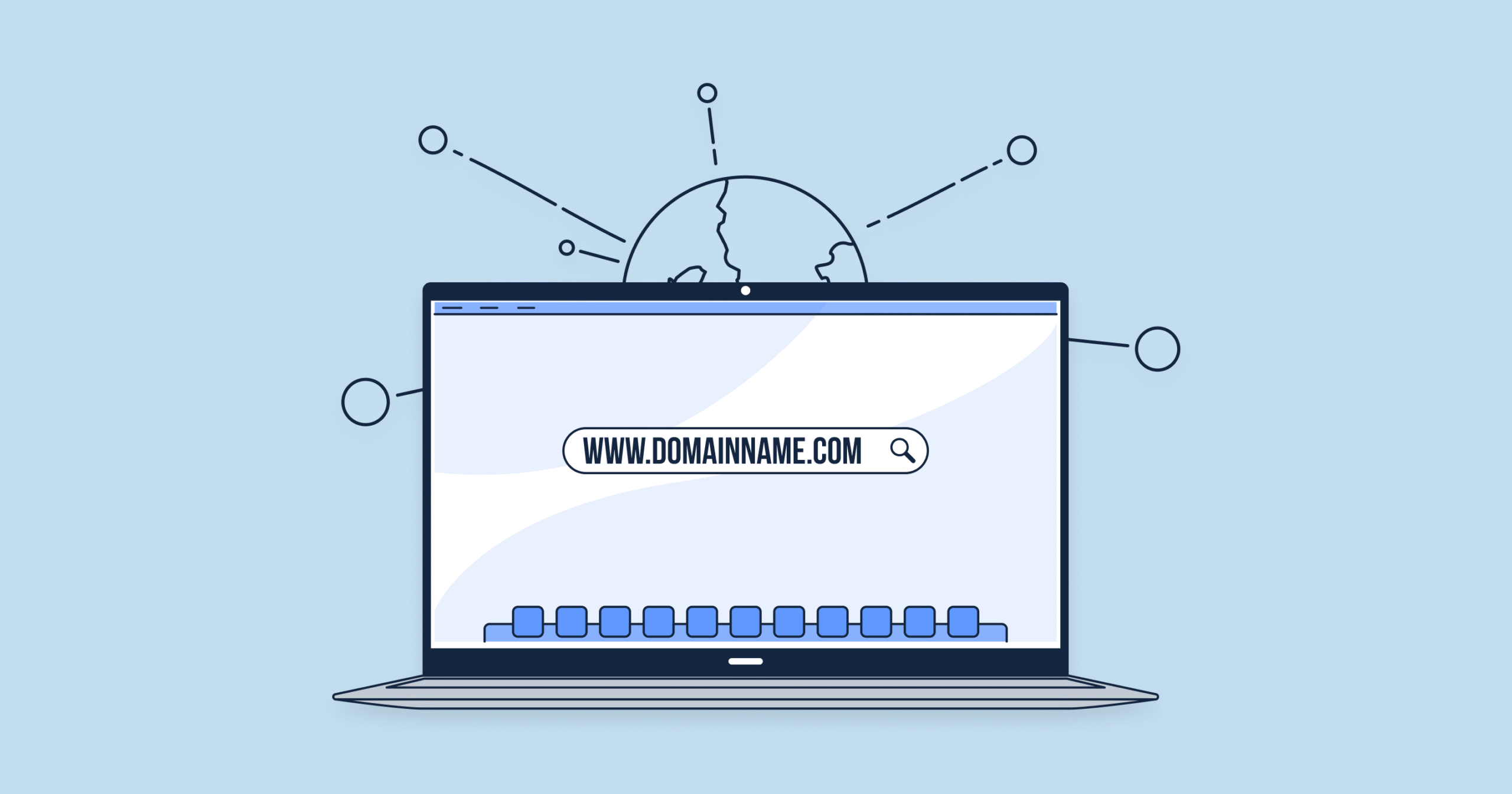Domain Life Cycle Explained: What You Should Know Before Buying a Domain
Why Understanding Domains Matters
A domain name is the address that people type into their browser to visit your website—such as yourbusiness.com. A custom domain adds professionalism, credibility, and visibility to your online presence. But before you purchase one, it’s important to understand the domain life cycle, as it affects ownership, renewal, and availability. Knowing how this cycle works helps you protect your brand and avoid losing your web address to someone else.
Understanding the domain life cycle is key to maintaining ownership and is particularly important when managing country-code TLDs, such as a dedicated UK domain, to ensure continuous geographical market presence.
What Is the Domain Life Cycle?
Every domain name passes through several stages during its existence. These stages determine whether the domain is available, active, expired, or deleted. Understanding these phases can help you act quickly when registering or renewing a domain.
1. Available for Registration
This is the first stage of a domain’s life. The name is open to the public and can be purchased through a domain registrar. A domain registrar is an accredited company that is authorised to distribute domains. Usually domain registrars are hosting providers and website builders.
2. Active
Once registered, your domain becomes active for the chosen duration. Most registrars offer auto-renewal, ensuring that your website stays online without interruption. During this period, you can freely use the domain for your website, email, or other online services.
3. Grace Period
If your domain expires and you haven’t renewed it, it enters the grace period—typically lasting from 0 to 42 days depending on the TLD. The domain becomes inactive but can still be renewed without any additional costs.
4. Redemption Grace Period
After the grace period, the domain moves into the redemption grace period, lasting about 30 days. Renewal is still possible, but a redemption fee—set by the registrar—applies in addition to the regular renewal cost.
5. Pending Delete
If the domain remains unrenewed, it enters the pending delete stage, where it cannot be recovered. Within about five days, it is permanently deleted and becomes available for registration again by the public.
What Happens if You Don’t Renew Your Domain on Time?
Failure to renew your domain can lead to temporary downtime and potentially permanent loss of ownership. Once deleted, your domain becomes public again, and anyone can register it—including competitors or cybersquatters. This could damage your brand reputation and affect search rankings.
Maybe even more importantly, to get your domain back you’ll have to pay extra if someone else (for example, a domain reseller) will manage to buy it out before you.
How to Prevent Losing Your Domain
- Enable Auto-Renewal: Most registrars, including Ultahost and Site.pro, allow automatic renewals to prevent accidental expirations.
- Keep Contact Information Updated: Renewal notices are sent to your registered email—ensure it’s current.
- Register for Multiple Years: This minimises the risk of missing renewal deadlines.
Where to Register Your Domain
There are various ways to buy a domain. Mainly, you can register domains directly through reliable hosting providers or website builders.
- Hosting services: Many hosting plans include a free domain name for the first year, such as those from Ultahost. Services like these provide tools to host and manage your website safely, ensuring fast speed and minimising downtime.
- Website builders: Website building platforms, like Site.pro, offer all-in-one solutions—domain registration, hosting, and a website builder. With over 1,000 domain zones available, you can manage everything in one place. At Site.pro, domains can be registered for one to six years, depending on the domain extension (TLD).
Conclusion
Understanding the domain life cycle helps you make informed decisions about registering, renewing, and protecting your online identity. Whether you’re launching a personal blog or a business website, managing your domain responsibly ensures that your digital presence remains secure and uninterrupted.










